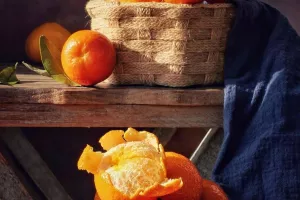Passion fruit is distributed in the Greater Antilles and Lesser Antilles, and widely planted in tropical and subtropical areas. Their pulp is juicy. If calcium bicarbonate and sugar are added, they can be made into fragrant and delicious drinks. Passion fruit enjoys the reputation of "beverage monosodium glutamate" and "king of fruit juice".
The effects and functions of passion fruit include promoting body fluid to quench thirst, increasing appetite and beautifying skin. It can improve hoarseness, improve the digestive function of spleen and stomach, and promote the production of skin collagen. The edible methods of passion fruit include direct fresh eating, making into fruit juice, soaking in water, etc. when making fruit juice or soaking in water, an appropriate amount of honey can be added to improve the taste.
Passion fruit can be eaten directly. Cut it in half, scoop out the inner pulp with a spoon and eat it directly. They can also be scraped off their pulp and seeds, mixed with sugar and honey and eaten.
Making passion fruit juice is also a good choice. Cut a passion fruit, spoon the pulp into a cup, add 200ml of water and a little sugar to adjust the sweetness, and put it into a blender to blend for a few seconds.
Passion fruit is also a good product for tea. Cut it in half, scoop out the seeds and juice of passion fruit and put them into a cup, add a little honey, pour into warm water, stir well, sprinkle mint leaves, and then it’s ready to be drunk.


